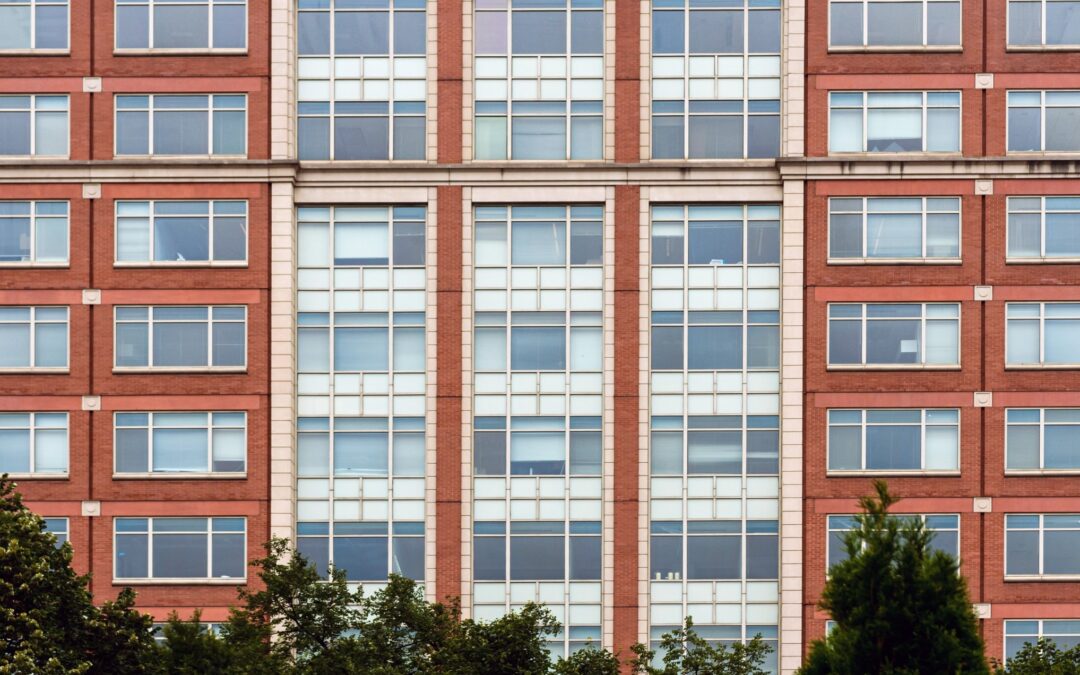When you are searching the property market for a new home to buy, there are a number of phrases you will come across that may be confusing at first. The terms ‘leasehold’ and ‘freehold’ usually fall into this category and are often mixed up with each other. Below we go into more detail about the differences between a leasehold and a freehold.
What is a freehold?
A freehold offers full ownership of both the property and the land it has been built on.
This means that if you decide to buy a freehold you become responsible for the upkeep of the property and land, which will add more to the long-term costs of ownership.
In the vast majority of cases when a house is put up for sale it is done so as a freehold. Although this isn’t always true, as shared-ownership schemes may also be sold as a leasehold instead.
Depending on the type of home being sold there are different legal rules that apply when it comes to applying for a freehold.
If you live in a flat you will usually only be able to buy it as a leasehold. However, you do have the legal right to apply to buy a share of the freehold as your individual property makes up part of a larger building.
This can only be done when at least half of the leaseholders living in the building apply to purchase their share. Once the freehold has been purchased, the group of leaseholders will either have to set up a company to manage the building, or hire a managing agent to do so on their behalf.
Landlords who plan to sell the freehold of a building containing flats are usually required to give the leaseholders first refusal.
Anyone who owns a leasehold house also has a legal right to buy the freehold as long as the qualifying criteria is met, or if an agreement can be struck with the existing freeholder.
What is a leasehold?
When you buy a leasehold you become the owner of the property only for the length of time agreed with the existing freeholder. In most cases this is usually for at least 99 years, or sometimes longer.
A leasehold is usually only available for flats and maisonettes, including those sold through Right to Buy or Shared Ownership schemes. There are also some occasions when a house is sold as a leasehold.
Unless the lease is extended, once the leasehold period has finished, ownership of the property is returned back to the freeholder.
If you are interested in buying a leasehold property you should enquire about how many years are left on the lease before making a bid.
Buying a lease that lasts for 70 years may also make it difficult to secure a mortgage from a lender. This is because they usually want the leasehold to continue running for another 25-30 years after your mortgage has ended.
Leaseholders can also ask their landlord for an extension at any time. If the original lease was for more than 21 years you can ask to extend the lease by a further 90 years once you have owned the property for at least two years.
There are charges associated with extending the lease, although this will depend on the individual property.
For more information on leasehold and freehold properties, take a look at the How to Lease guide or get in touch with our friendly estate agent team who will be happy to help.

